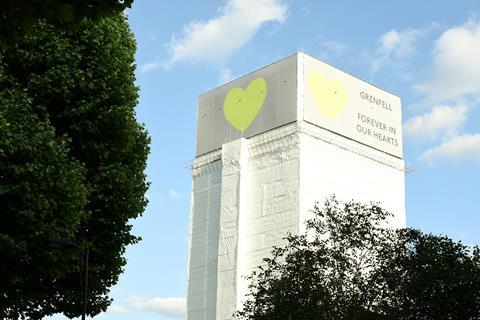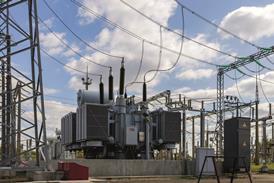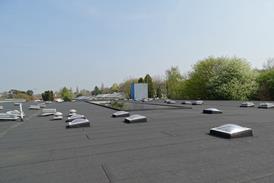Education is a key part of any society’s future prosperity and social cohesion. How can we create the buildings that will help our children’s children to succeed in a generation’s time?

This month Wates has launched its latest white paper, The Class of 2050: A vision of the future for UK Schools. The discussion paper casts an eye forward to 2050, gathering expert views on what the future holds for our schools and the children of the post millennial generation and raising some interesting thoughts around curriculum, funding, flexibility, emerging technologies and community use.
With the new government now in office and the Priority School ļ√…ęŌ»…ķTV Programme 2 (PSBP2) continuing at pace, it‚Äôs only right that we start to give serious thought as to how we ensure schools are suitable over the longer term; rather than just bringing them up to date to a fit-for-purpose standard. That‚Äôs not to say we don‚Äôt have some outstanding school facilities in this country where educators are already re-inventing the schooling model, with many more in the planning. But without a considered and consistent approach we run the risk of continuing with a system of, often, unfair funding, leading to stark differences in facilities up and down the country.
You won’t be surprised to know that I have an overwhelming view that a good physical environment - the building itself - is a critical component to enable a positive education, and there has been a considerable amount of independent research in this field all supporting this view. Therefore, it’s right we take the time to reflect on what we want from our education system, and the design of the schools that we will need over the coming decades.
Nicky Morgan‚Äôs latest speech highlighted how she wants to ‚Äúlevel the playing field‚ÄĚ, saying that it was ‚Äúclearly unfair‚ÄĚ that a school in one part of the country could attract over 50% more funding than an identical school elsewhere. Although there have been improvements to the government‚Äôs funding model we need to ensure, given the extent of taxpayers‚Äô money going to be spent in the coming years on education facilities, that we maximize their value and properly consider the positive impact they could have on society as a whole.
A good school and education is not just about what is taught and how - we need to further recognise the civic role that schools have to play in society
The Class of 2050 report discusses teaching, what schools will be for, the role of technology, how schools engage with business, and the role of schools in the community. If we want our education system to provide future generations with the skills, knowledge and experience required to succeed in the truly global economy of a post 2050 world, we need to equip our schools with the facilities and technology to support such teaching. We need to make the relationship with businesses and schools more fluid to give students the opportunity to gain the knowledge and skills required in the future workplace.
A good school and education is not just about what is taught and how - we need to further recognise the civic role that schools have to play in society. They shouldn’t just be an educational facility open from eight until four and catering for those between the ages of five and 18; they need to be integrated into the community and offer a wider range of services to maximise their value to the society that ultimately pays for them.
This is highlighted throughout the discussion paper, and we take a view that by 2050 it is not unrealistic to think that the school will have much replaced the role that the church used to play in our society 50 years’ ago.
Beyond providing education for young people locally, natural evolution will see ‚Äúhubs‚ÄĚ of facilities emerging that will put schools at the heart of the local community. We‚Äôre already beginning to see a step-change in educational facilities, offering many more community spaces and centrally funded services. However, there is a long way to go before we have a truly integrated community school. This change of specification will have vast implications on the construction industry as we look to support the changing face of the education sector‚Äôs facilities.
We have made immense improvements in energy efficiency, acoustics and infrastructure in the last decade, but the next wave of specification will present different challenges. As we respond to the need of finding more cost-effective ways to deliver outstanding buildings, the government needs to recognise that in order to support a prosperous future nation it must adequately fund future requirements. For example, flexibility in our school environments was one of the key findings in our research and one which we, as contractors, will need to find more creative ways to deliver.
We are not expert educationalists, we are expert builders and we want to leave a legacy of buildings that really do lay the foundations for the future of our society. By gaining insight from a range of industry leaders we have begun to form a picture of the specifications we will need to respond to and find solutions for.
This debate is an important one to be having now as population increases and our society changes. It’s already widely reported that a significant number of schools will need to be built or extended in the next five years just to keep pace with the demand for places. We need to make sure these buildings are fit for the future, for the sake of our nation’s prosperity.
James Wates is chairman of Wates, the CITB and UKCG



























No comments yet